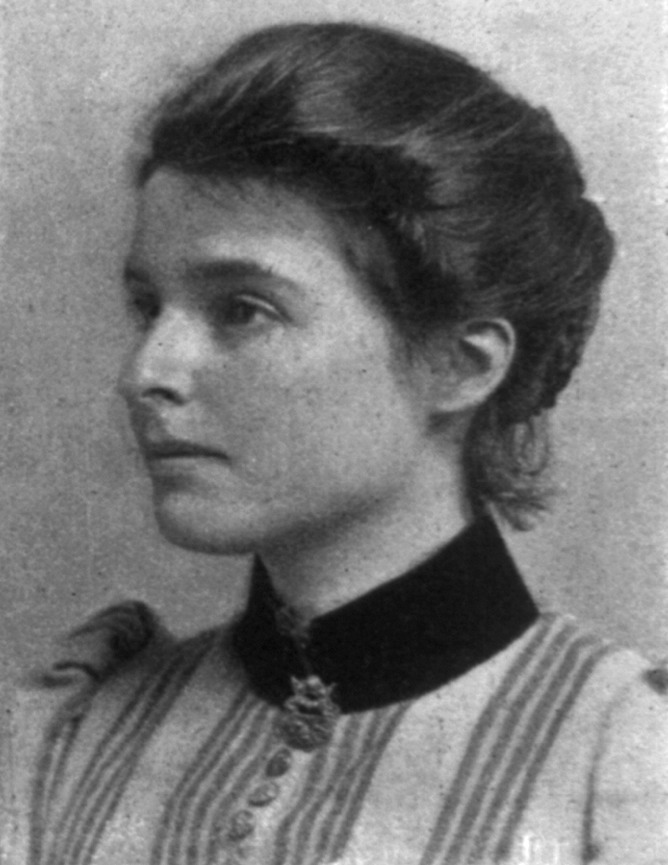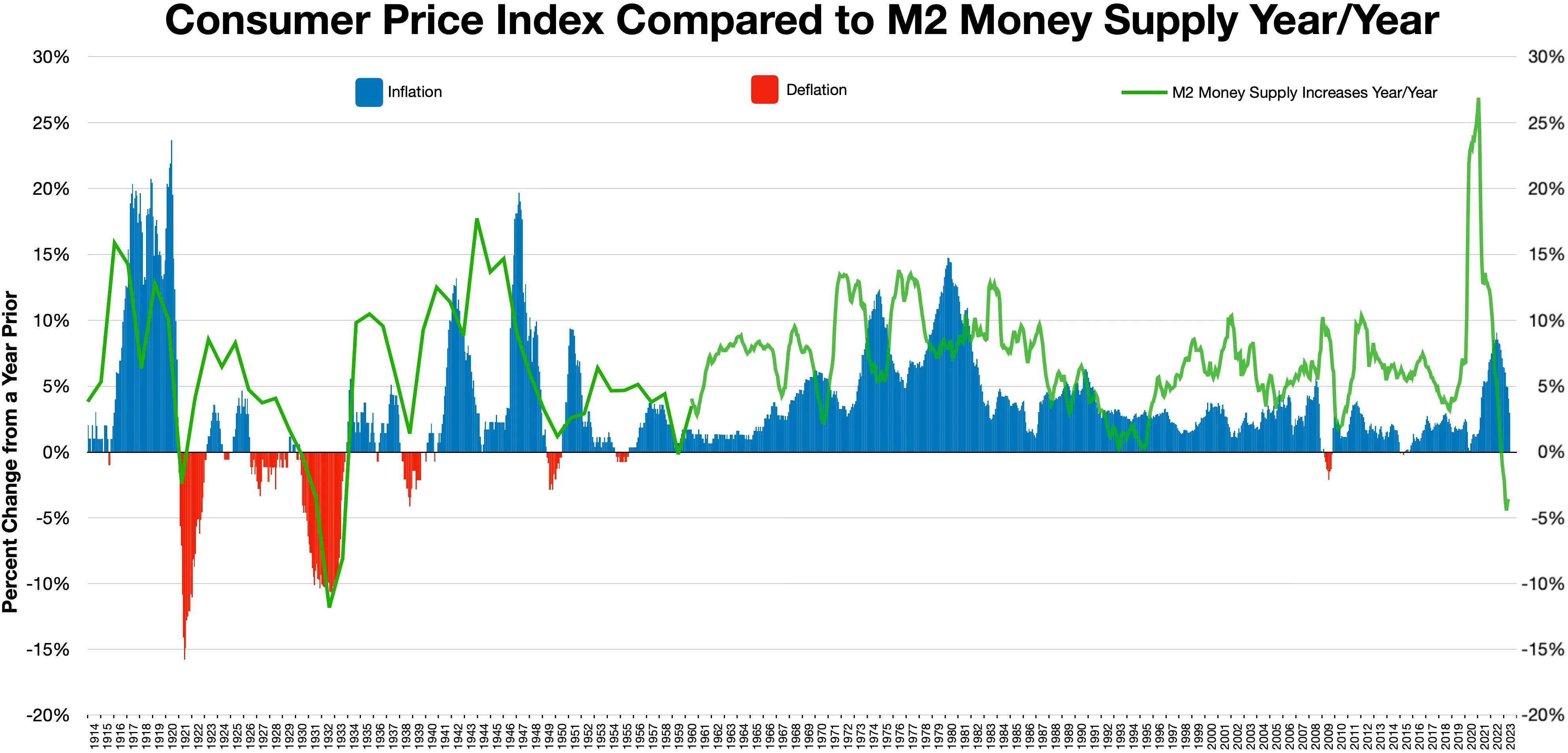|
Matignon Accords (1936)
The Matignon Agreements (French: ''Accords de Matignon'') were signed on 7 June 1936, between the Confédération générale de la production française (CGPF) employers' organization, the CGT trade union and the French state. They were signed during a massively followed general strike initiated after the election of the Popular Front in May 1936, which had led to the creation of a left-wing government headed by Léon Blum ( SFIO). Also known as the "Magna Carta of French Labor", these agreements were signed at the Hôtel Matignon, official residence of the head of the government, hence their name. May–June general strike and agreements The negotiations, in which participated Benoît Frachon for the CGT, Marx Dormoy (SFIO) as under-secretary of state to the President of the Council, Jean-Baptiste Lebas (SFIO, Minister of Labour), had started on 6 June at 3 PM, but the pressure from the workers' movement was such that the employers' confederation quickly accepted the unions ... [...More Info...] [...Related Items...] OR: [Wikipedia] [Google] [Baidu] |
Confédération Générale De La Production Française
The Confédération générale de la production française (CGPF: General Confederation of French Production) was a French manufacturers' association. Foundation The Confédération générale de la production française (CGPF) was created at the initiative of Étienne Clémentel. It was founded on 19 March 1919, bringing together 21 employers' federations in an attempt to unite previously competing groups. The CGPF demanded complete freedom from government interference, but the right to participate in any government action that might affect the interests of its members. The Union des industries et métiers de la métallurgie (UIMM) acted in effect as the instrument of the Comité des forges steelmakers' association for handling social issues. The UIMM provided logistic support to the Confédération générale de la production française (CGPF), with the result that the CGPF was accused of being simply a puppet of the steel industry. History The Fédération des Associations Ré ... [...More Info...] [...Related Items...] OR: [Wikipedia] [Google] [Baidu] |
Roger Salengro
Roger Henri Charles Salengro (30 May 1890, in Lille – 18 November 1936, in Lille) was a French politician. He achieved fame as Minister of the Interior during the Popular Front government in 1936. He committed suicide a few months after taking office, after being hounded by a calumny campaign orchestrated by extreme right-wing newspapers. Early years In 1909, Salengro enrolled at the University of Lille to study literature. The same year, he joined the French Section of the Workers' International, a socialist party, and founded a left-wing students' organisation. In 1914, he signed up to join the French military for the First World War, despite having spoken out as a pacifist in previous years. Captured by the Germans on 7 October 1915, he became a prisoner of war. He refused to work in a German factory, and was incarcerated. His treatment was harsh; he weighed only 42 kg when he was freed after the war. In 1918, he became a journalist, and resumed his involvement in pol ... [...More Info...] [...Related Items...] OR: [Wikipedia] [Google] [Baidu] |
Collective Bargaining
Collective bargaining is a process of negotiation between employers and a group of employees aimed at agreements to regulate working salaries, working conditions, benefits, and other aspects of workers' compensation and rights for workers. The interests of the employees are commonly presented by representatives of a trade union to which the employees belong. The collective agreements reached by these negotiations usually set out wage scales, working hours, training, health and safety, overtime, grievance mechanisms, and rights to participate in workplace or company affairs. The union may negotiate with a single employer (who is typically representing a company's shareholders) or may negotiate with a group of businesses, depending on the country, to reach an industry-wide agreement. A collective agreement functions as a labour contract between an employer and one or more unions. Collective bargaining consists of the process of negotiation between representatives of a union and ... [...More Info...] [...Related Items...] OR: [Wikipedia] [Google] [Baidu] |
8 Hours Day
The eight-hour day movement (also known as the 40-hour week movement or the short-time movement) was a social movement to regulate the length of a working day, preventing excesses and abuses. An eight-hour work day has its origins in the 16th century Spain, but the modern movement dates back to the Industrial Revolution in Britain, where industrial production in large factories transformed working life. At that time, the working day could range from 10 to 16 hours, the work week was typically six days a week and the use of child labour was common. The first country that introduced the 8-hour work day by law for factory and fortification workers was Spain in 1593. In contemporary era, it was established for all professions by the Soviet Union in 1917. History Sixteenth century In 1594, Philip II of Spain established an eight-hour work day by a royal edict known as '' Ordenanzas de Felipe II'', or Ordinances of Philip II. This established: An exception was applied to m ... [...More Info...] [...Related Items...] OR: [Wikipedia] [Google] [Baidu] |
National Assembly (France)
The National Assembly (french: link=no, italics=set, Assemblée nationale; ) is the lower house of the bicameral French Parliament under the Fifth Republic, the upper house being the Senate (). The National Assembly's legislators are known as (), meaning "delegate" or "envoy" in English; etymologically, it is a cognate of the English word '' deputy'', which is the standard term for legislators in many parliamentary systems). There are 577 , each elected by a single-member constituency (at least one per department) through a two-round system; thus, 289 seats are required for a majority. The president of the National Assembly, Yaël Braun-Pivet, presides over the body. The officeholder is usually a member of the largest party represented, assisted by vice presidents from across the represented political spectrum. The National Assembly's term is five years; however, the President of France may dissolve the Assembly, thereby calling for new elections, unless it has bee ... [...More Info...] [...Related Items...] OR: [Wikipedia] [Google] [Baidu] |
Verdun
Verdun (, , , ; official name before 1970 ''Verdun-sur-Meuse'') is a large city in the Meuse department in Grand Est, northeastern France. It is an arrondissement of the department. Verdun is the biggest city in Meuse, although the capital of the department is Bar-le-Duc, which is slightly smaller than Verdun. It is well known for giving its name to a major battle of the First World War. Geography Verdun is situated on both banks of the river Meuse, in the northern part of the Meuse department. It is connected by rail to Jarny. The A4 autoroute Paris–Metz–Strasbourg passes south of the town. History Verdun (''Verodunum'', a latinisation of a place name meaning "strong fort" in Gaulish) was founded by the Gauls. It has been the seat of the bishop of Verdun since the 4th century, with interruptions.A History of Food, Maguelonne Toussaint-Samat, Blackwell Publishing 1992, p.567 In 486, following the decisive Frankish victory at the Battle of Soissons, the city (a ... [...More Info...] [...Related Items...] OR: [Wikipedia] [Google] [Baidu] |
Demand
In economics, demand is the quantity of a good that consumers are willing and able to purchase at various prices during a given time. The relationship between price and quantity demand is also called the demand curve. Demand for a specific item is a function of an item's perceived necessity, price, perceived quality, convenience, available alternatives, purchasers' disposable income and tastes, and many other options. Factors influencing demand Innumerable factors and circumstances affect a consumer's willingness or to buy a good. Some of the common factors are: The price of the commodity: The basic demand relationship is between potential prices of a good and the quantities that would be purchased at those prices. Generally, the relationship is negative, meaning that an increase in price will induce a decrease in the quantity demanded. This negative relationship is embodied in the downward slope of the consumer demand curve. The assumption of a negative relationship is reaso ... [...More Info...] [...Related Items...] OR: [Wikipedia] [Google] [Baidu] |
Deflation
In economics, deflation is a decrease in the general price level of goods and services. Deflation occurs when the inflation rate falls below 0% (a negative inflation rate). Inflation reduces the value of currency over time, but sudden deflation increases it. This allows more goods and services to be bought than before with the same amount of currency. Deflation is distinct from disinflation, a slow-down in the inflation rate, i.e. when inflation declines to a lower rate but is still positive. Economists generally believe that a sudden deflationary shock is a problem in a modern economy because it increases the real value of debt, especially if the deflation is unexpected. Deflation may also aggravate recessions and lead to a deflationary spiral. Some economists argue that prolonged deflationary periods are related to the underlying of technological progress in an economy, because as productivity increases ( TFP), the cost of goods decreases. Deflation usually happens when ... [...More Info...] [...Related Items...] OR: [Wikipedia] [Google] [Baidu] |
Labour Inspection
The ''Inspection du travail'' (IT, ''Labour inspection'') is a French specialized body of civil servants, charged of the surveillance of employment and labour law in firms, created in 1892 during the Third Republic. History The Labour inspection was officially created by the 19 May 1874 law during the Third Republic, establishing a body of 15 divisionary inspectors, and several departmental inspectors. However, they were not very efficient. Following the International Conference on Labour in Berlin on 15 March 1890, envisioning the creation of an international labour legislation, the Third Republic created by the 2 November 1892 law a specialized body of civil servants dedicated to inspection of labour conditions. It was first of all charged of the surveillance of the implementation of the 22 March 1841 law prohibiting child labour of less than 8 years old. This law had been enacted following reports by the physician René Villermé. The 1890 law also enacted a maximal len ... [...More Info...] [...Related Items...] OR: [Wikipedia] [Google] [Baidu] |
Secret Ballot
The secret ballot, also known as the Australian ballot, is a voting method in which a voter's identity in an election or a referendum is anonymous. This forestalls attempts to influence the voter by intimidation, blackmailing, and potential vote buying. This system is one means of achieving the goal of political privacy. Secret ballots are used in conjunction with various voting systems. The most basic form of a secret ballot utilizes blank pieces of paper upon which each voter writes their choice. Without revealing the votes to anyone, the voter folds the ballot paper in half and places it in a sealed box. This box is later emptied for counting. An aspect of secret voting is the provision of a voting booth to enable the voter to write on the ballot paper without others being able to see what is being written. Today, printed ballot papers are usually provided, with the names of the candidates or questions and respective check boxes. Provisions are made at the polling place f ... [...More Info...] [...Related Items...] OR: [Wikipedia] [Google] [Baidu] |





